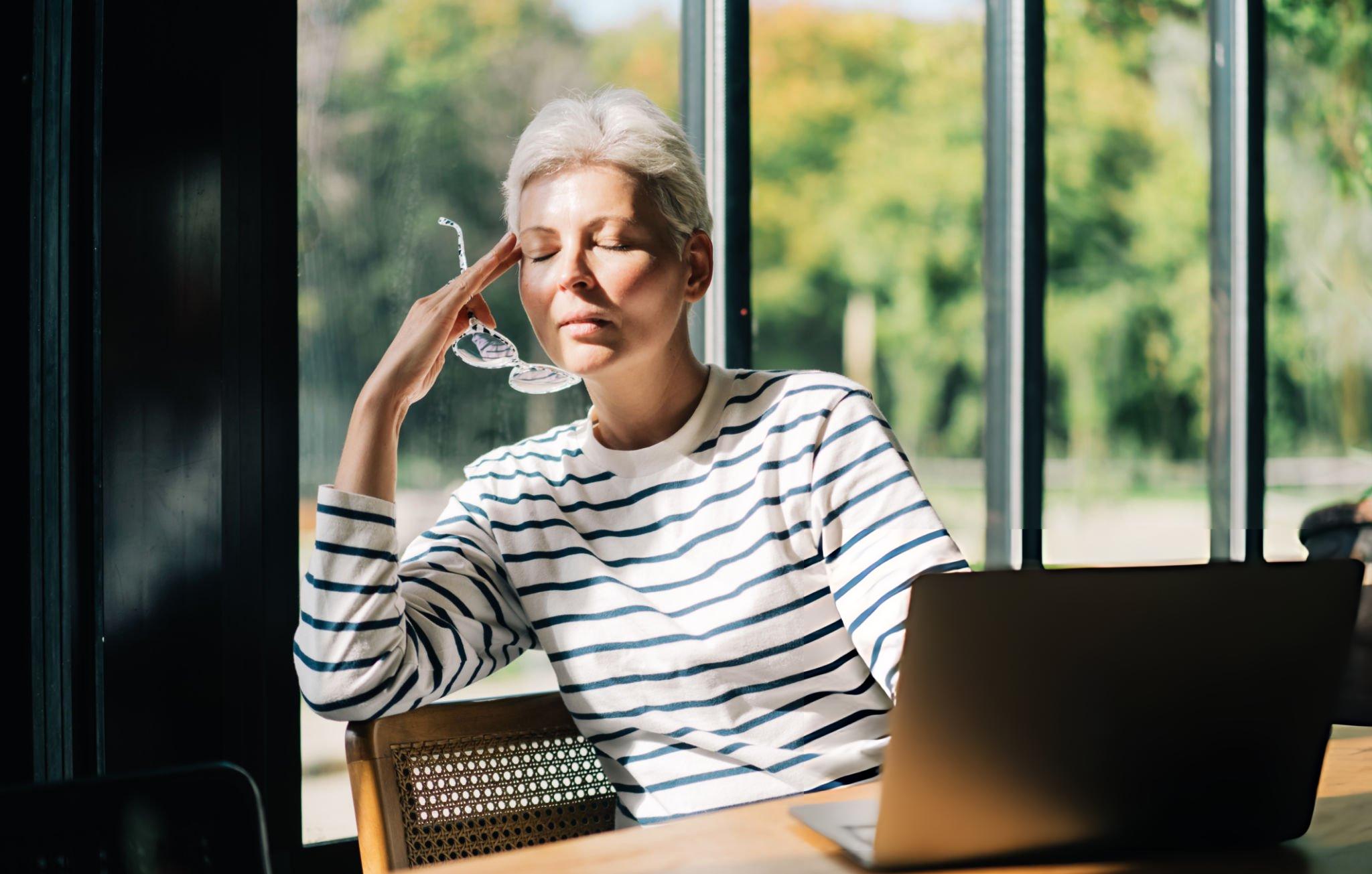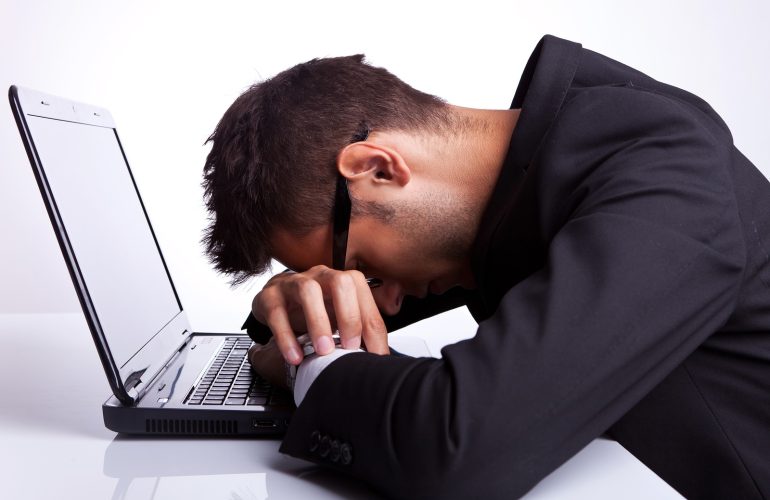When the days grow shorter and sunlight feels harder to catch, many of us find ourselves dragging more than usual. Even with a full night of sleep, it is not uncommon to feel like we are moving through the day in slow motion. In fall and winter, this kind of tiredness can catch people in Shawnee and across the Kansas City area as we settle into darker mornings and longer nights.
Sometimes extra drowsiness is just part of seasonal change, but other times it points to a deeper concern such as daytime sleepiness disorder. This condition goes beyond normal fatigue and can affect how we think, focus, and function. If getting through the day feels heavier as October rolls into November, there may be more happening beneath the surface. Here are a few reasons why fall can hit us so hard and what might help ease some of that sluggish feeling.
What Makes Daytime Sleepiness Worse in Fall
Shorter fall days shift our schedules and impact how our body feels from the time we wake up. When our exposure to natural sunlight drops, our internal clock (also called the circadian rhythm) gets thrown off. This rhythm helps tell our brains when to wake up and when to wind down. Less light during the day makes it tougher for some people to feel fully alert.
Cooler mornings and darker skies contribute to the challenge. Waking up in the dark can make it feel like bedtime, even if we have already had seven or eight hours of sleep. That confusion in our system can linger into the mid-morning hours, sometimes even longer.
There is also the shift in our daily habits. When the weather gets colder, we tend to stay inside more. That often means less fresh air, less movement, and fewer light cues to help reset our alertness. These small changes add up and, for some, lead to that low-energy, can’t-keep-my-eyes-open feeling that is hard to shake.
When Sleepiness Becomes a Bigger Sign
It is one thing to feel a little sluggish when the sun disappears earlier each night. Sometimes, though, the sleepy feeling sticks around no matter how many hours we rest. That is when tiredness could point to something more serious.
Daytime sleepiness disorder appears when someone feels very tired throughout the day, often so much that it gets in the way of daily life. People may fall asleep in places where they should not, such as at their desk, at stoplights, or during conversations. It can also look like forgetting things more often, snapping at loved ones, or struggling to focus at work or school.
What makes it tricky is that this kind of sleepiness does not always match up with how much sleep someone gets. A person might sleep eight hours, but still wake up feeling completely unrested. If this keeps happening, especially in fall and winter when we expect to feel only a little more sleepy, it is something to pay attention to. The cause might not be lack of sleep, but rather the quality of sleep or how the body is processing light and rest.
Healthy Habits That Support Daytime Energy
Sometimes small adjustments make a noticeable difference, especially when they match the rhythm of the season. One of the most helpful things we can do in fall is get outside in the morning, even if only for a few minutes. Morning light, even on cloudy days, helps tell our body it is time to be awake. That signal can make it easier to feel alert and steady through the rest of the day.
Keeping a regular sleep schedule is also helpful. Our bodies like predictability, even when the world around us is changing. Going to bed and waking up at roughly the same time each day, including weekends, can help reset our internal clock and reduce drowsiness.
During the day, short breaks for gentle movement or time outside can make a big difference. A quick walk, a few stretches near a window, or even standing up for a few minutes in fresh air creates small sources of energy in an otherwise sleepy cycle. These breaks help reset attention as well, which may ease the mental fog that often comes with tiredness.
The Role of Sleep Patterns and Underlying Disorders
When simple changes do not seem to help, that is when deeper sleep patterns come into focus. Not all tiredness comes from going to bed too late. Sometimes the sleep itself is not restful. For some people, breathing interruptions, frequent wake-ups, or poor REM cycles can all add up to what feels like a full night of sleep but is not.
Sleep apnea, as an example, can cause people to wake dozens of times throughout the night without remembering it. Others may deal with irregular sleep timing that does not match their daily routine, leading to a worn-out feeling at the wrong time of day. In these situations, what is needed is a better awareness of what is happening during sleep in the first place.
Having support to identify these patterns makes a difference. At Sweet Sleep Studio, we offer both in-office and virtual consultations, making care accessible for all patients in Kansas City, Shawnee. We also specialize in affordable in-home sleep studies, which can uncover issues like sleep apnea, narcolepsy, or restless legs syndrome that may go undetected during a standard doctor visit.
Daytime sleepiness disorder often links back to hidden disruptions in sleep that the person may not even know are there. Once we see those patterns, we can better match solutions to the real issue, whether it is improving airflow during sleep, adjusting bedtime routines, or finding new ways to stabilize the body clock.
Better Days, One Rested Morning at a Time
As the light fades earlier each day and we start reaching for warm drinks and heavier blankets, it is easy to blame the season for feeling tired. But there is a difference between understandable fatigue and a deeper issue that affects the way we live, work, and connect with others. If we start to notice that tiredness is not going away or is making daily life harder, it may be time to look beneath the surface.
Getting back to clearer mornings and more focused days does not mean pushing harder. It usually starts with better, more restful sleep at night. Fall and winter might challenge our energy, but they can also serve as reminders to slow down, pay attention, and make small shifts that help us feel like ourselves again. When we do that with a little support, the season can begin to feel lighter, one rested morning at a time.
Daytime tiredness that does not get better may mean something is affecting your sleep quality, and we regularly help people in Kansas City, Shawnee uncover the root of staying alert during the day. For many, ongoing fatigue is linked to conditions like a daytime sleepiness disorder that requires expert attention. At Sweet Sleep Studio, we are dedicated to helping you feel present and refreshed by closely evaluating your nighttime habits and health. Let us start a conversation about your next steps.



